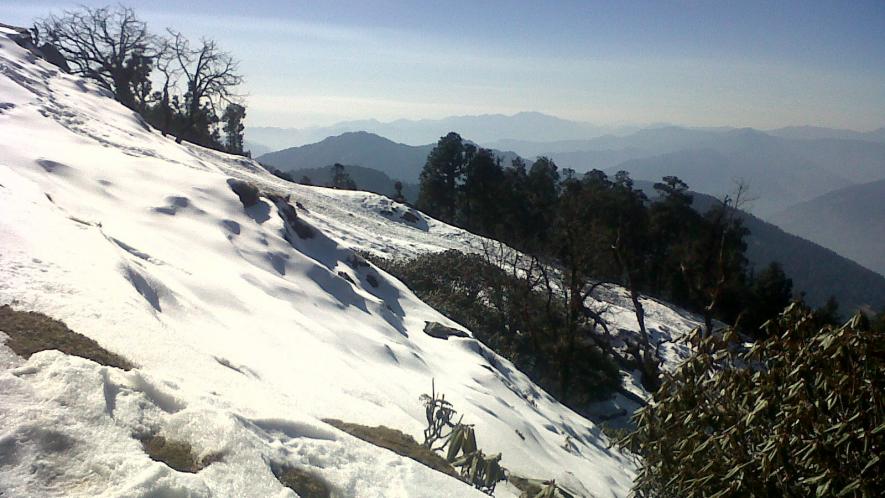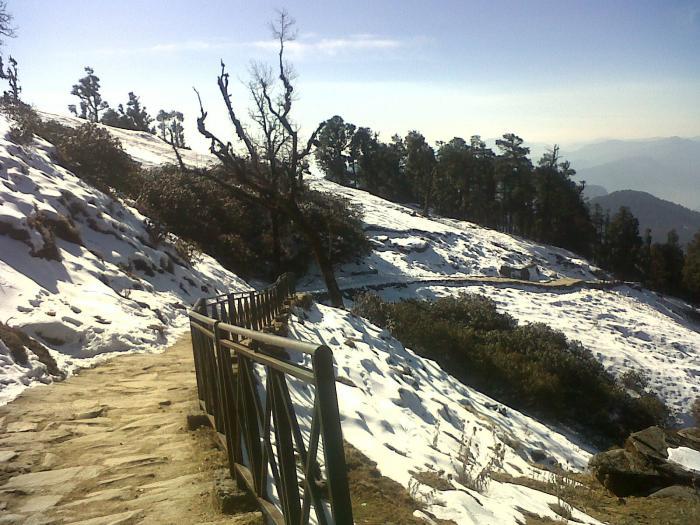Why Himachal Plunges in Dark Coldness Every Time it Snows

Heavy and timely snowfall has brought cheer to people in the mountain state of Himachal Pradesh. This is for two reasons: the snow fell on January 8, in the thick of winter, and such mid-season snow does not melt quickly. Because it lasts for a longer period, it gives water sources a chance to recharge properly. Second, apple-growers consider timely snow as valuable as silver, for the fruit-trees require long chilling hours in order to flourish and provide adequate harvest. Late or early snowfall can, conversely, wreak havoc on orchards and in remote areas, as happened in 2018.

However, the snow has also brought woes along, especially for the people of Shimla, Mandi, Kullu, Kangra, Chamba, Lahaul and Spiti, Sirmour and Kinnaur districts. Ever since 8 January’s snowfall, large parts of these districts have been shrouded in darkness as the electricity supply stopped working. Now it seems that the electricity may not be restored in these districts for another few weeks.
There are two probable reasons for the failure of electric supply. The first is that a large number of trees have fallen on the cables and the electricity department staff cannot identify the exact number of such falls immediately. This can take at least a couple of days. This is not a new phenomenon. Rather, every winter, with heavy snowfall, it is taken for granted that the HPSEB or Himachal Pradesh State Electricity Department, the only discom in the state, will face a big challenge in restoring electricity.
Even a cursory look at the newspapers shows that the damage to electric cables is immense this year. In Shimla, 1809 transformers have become non-functional. Thousands of transformers are out of order in other districts as well. Hundreds of trees have fallen on the cables, and with the available staff, it is virtually impossible to restore electricity quickly. So, people are forced to live in cold darkness. The lack of electricity has a cascading effect on many other utilities in both rural and urban Himachal.
Since 90% of the water distribution schemes depend on lift-pumping technology, the water supply and distribution will be affected by the absence of electricity. It is also being reported that in a large number of IPH or Irrigation and Public Health departments of the government, which are responsible for water supply schemes, the distribution of water has stopped, leaving people in the lurch.
The other reason why the HPSEB is unable to restore electricity promptly is the complete incapacity of the department. Himachal Pradesh was fully electrified in the 1980s. This could happen because of a strong stimulus and assistance from state governments, both central and state.
The most critical assistance was financial grants to the HPSEB, which then recruited a large number of people in the electricity department. For Himachal Pradesh’s difficult and inaccessible terrain, where the density of population is also low, the capital investment and human resource required to provide electricity to all entailed a huge expenditure back in the early 1980s. Besides, the distribution could only be done through cables, which meant that a lot of human resource was deployed to install and maintain the infrastructure. Yet, Himachal was able to show the way.
In 2020, the principal crisis is of a lack of human resources. There are records of heavier snowfall during the 1980s, but the crisis of electricity has worsened in the present times. For example, in 1984, there were 45,000 HPSEB employees including workers and other staff, when there were merely 6 lakh electricity subscribers in the state. However, today the department has just 15,000 employees and the number of subscribers has risen to nearly 22 lakh. Beside, 1,800 department employees retire every year, whereas the intake is less than 1,000.
Of course, shortage of staff severely affects the quality of services. According to the complaint protocol, three persons are required to attend to any grievance concerning electricity maintenance. However, at present, just one person is available to handle a complaint. This has resulted in nearly 15 deaths and over 52 people ending up with permanent or temporary disabilities in 2019.
How can such a system of electricity distribution and maintenance function?
The state government’s financial position is so weak that it claims it is unable to pay salaries of its existing staff, forget recruiting new employees. In this situation, the state government must seek special status from the Centre and get a proper share of equity in hydropower projects. These steps should bail it out. Meanwhile, the government must also seek out and implement some decentralised solutions, of which solar power can be a part.
The author is former deputy mayor of Shimla. The views are personal.
Get the latest reports & analysis with people's perspective on Protests, movements & deep analytical videos, discussions of the current affairs in your Telegram app. Subscribe to NewsClick's Telegram channel & get Real-Time updates on stories, as they get published on our website.
















